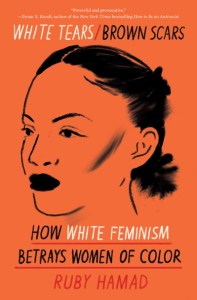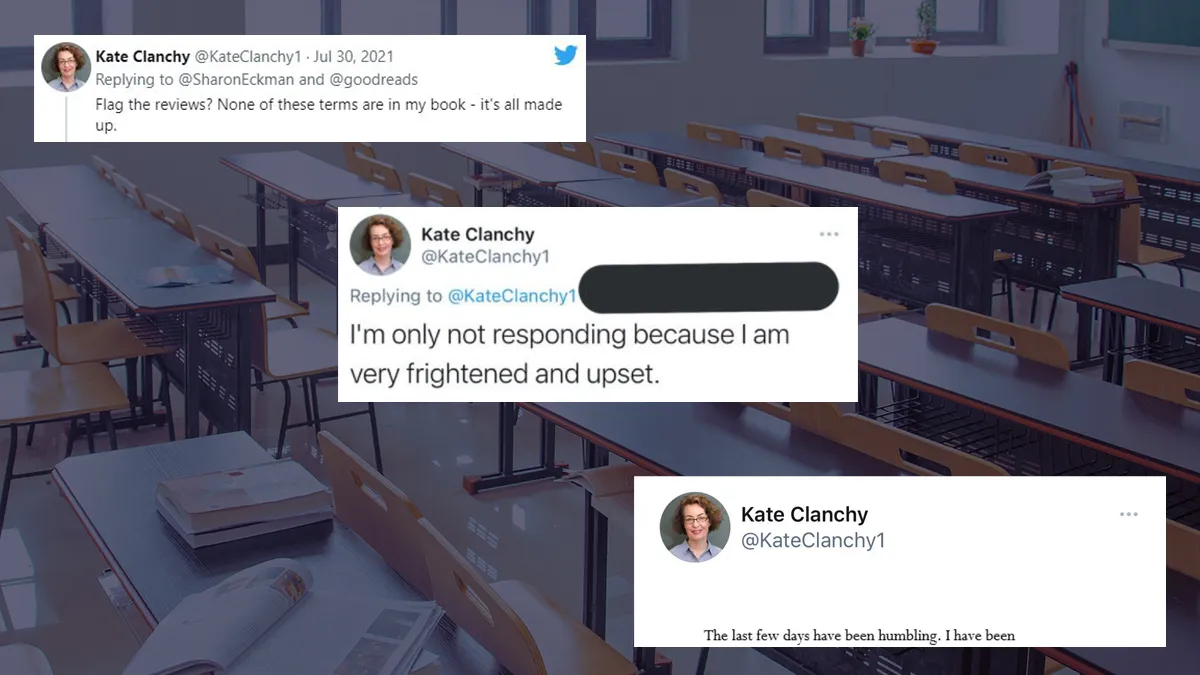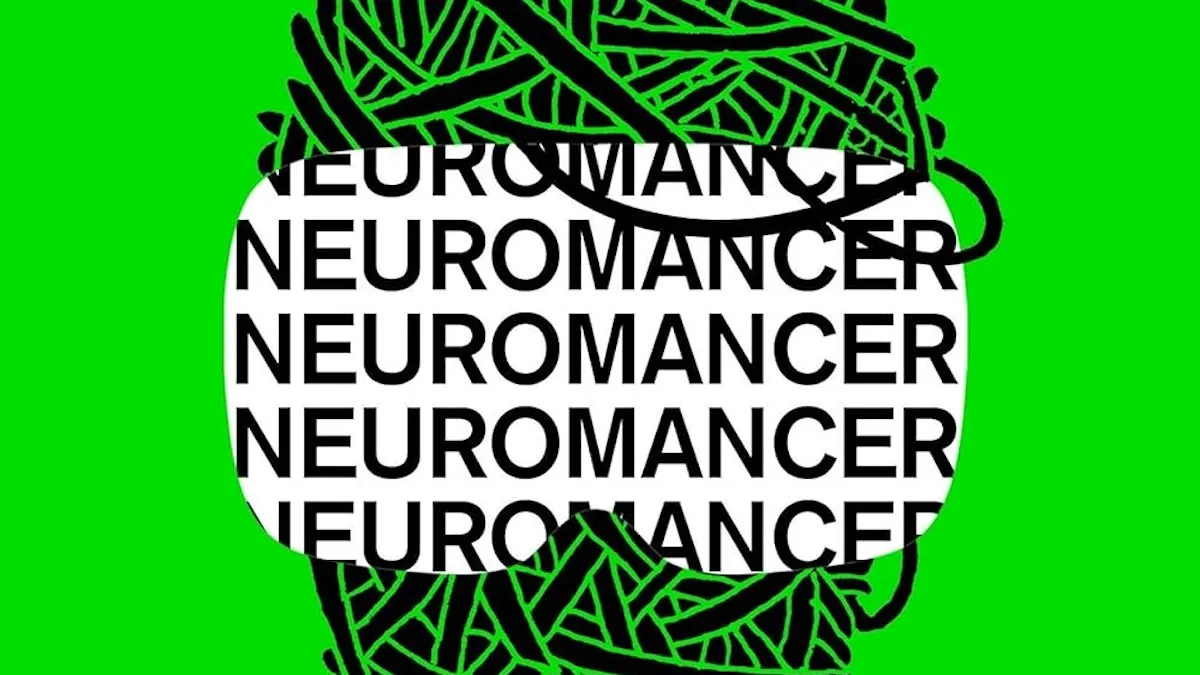Amid the thunderous praise for Kate Clanchy’s 2019 book Some Kids I Taught and What They Taught Me, there were also growing concerns about racist, fatphobic, and ableist descriptions of her past students. The award-winning memoir documents Clanchy’s thirty years as a (white) educator, emphasizing the need to support multicultural classrooms.
On that premise alone, this book should have been more critically examined. It already has a faint whiff of white saviorism and imperial gaze, and that is before getting into the word choice that started the discourse on it.
As the book got into more hands, reviews on websites such as Twitter, Goodreads, The Storygraph, and more began to point out the problematic to outright offensive ways of talking about the students. Clanchy not only denied the quotes that came from her book but asked Twitter users to flag the Goodreads reviews as “false.”
It would be libel in any responsible outlet, but I’m not sure if Goodrrsds is responsible. I’ve used the ‘flag’ system dozens of times and been very specific about what is wrong, but nothing happens.
— Kate Clanchy (@KateClanchy1) July 30, 2021
But Kate, a lot of these terms are in your book. pic.twitter.com/8HOLhEb3to
— Calamity with a K. (@calamitywithak) August 2, 2021
I’ll use the term racist as that’s the word Kate Clanchy used to describe the descriptions of the children she teaches when she claimed they weren’t written by her and did not appear in her book… pic.twitter.com/FqVdrzJgX0
— Cock Up In Di Name Of Jesus ☀️✨🇯🇲 (@sammiisammii_) August 5, 2021
Piecing together the story through screenshots of now-deleted tweets, she at first claimed that people were lying. When that became harder to do, she pivoted to the “oh well, now that is just taken out of context” and “if you read the book, then you would understand.” That caused the already terrible situation to escalate.
White woman gets critiqued – politely, mostly by women of colour – about the way she writes about people of colour with her critics caveating it with the acknowledgment that she is well-meaning.
Her response: “I am very frightened”.
It’s Mary Beard all over again. pic.twitter.com/2GKcmBMZ7W
— Ana (@wordsbyana) August 6, 2021
In a move that at this point should surprise no one, she activated her white women fragility trap card. This prompted high-profile authors like Philip Pullman and Amanda Craig to fly to her defense.
Like “Central Park Karen”, Mary Beard, and infinite white women before them, Clanchy weaponized her tears to shield herself against mounting criticism. In doing that, she put targets on the backs of high-profile authors of color like Chimene Suleyman, Monisha Rajesh, and Sunny Singh.

In Ruby Hamad’s book “White Tears/Brown Scars: How White Feminism Betrays Women of Color,” she writes,
White women’s racial privilege is predicated on their acceptance of their role of virtue and goodness, which is, ultimately, powerlessness. It is in this powerlessness—or, I would argue, this appearance of powerlessness— that governs the nature of White Womanhood.
When Clanchy realized that enough people weren’t agreeing with her, she expressed this powerlessness. Many of her defenders made the bad faith argument that they, too, were powerless if they couldn’t talk about race as offensively as Clanchy—again, making it about themselves rather than the people who were the focus of the descriptions, as if describing Black people (in this case children) as “chocolate” were appropriate. Just when you think the “describing brown skin as food” discussion is done, this happens.
All of this while Clanchy wrote to position herself as the white savior figure and bringer of culture to those with “African voice,” “slanted eyes,” and “Jewish nose”—all words she used in her book to describe children.
I’d like to point out that the instinct so many authors felt to protect one white female author against… a book review… did not have share the same automatic concern to protect woc authors from the ~inevitability~ of a co-ordinated attack by the far right.
— Chimene Suleyman (@chimenesuleyman) August 9, 2021
Not only did His Dark Materials author Philip Pullman run to her defense, but he also did so by defending racism with more racism. Pullman compared the criticism of Clanchy by these women to ISIS and the Taliban’s censorship.
Me waiting for Philip Pullman to apologise for calling us terrorists. pic.twitter.com/MuImLbQ0wz
— Chimene Suleyman (@chimenesuleyman) August 9, 2021
Yep, he’s literally going with “If I had done what you think I did I would apologise but I didn’t” pic.twitter.com/Ktdu7qrb71
— Mayo Agard-Olubo (@MayoPoetry) August 9, 2021
While he did give an actual apology for defending Clanchy and Ayn Rand, he did not apologize for the racism and Islamophobic remarks he made. In the thread with the apology, he continues to extend racist conversations.
Since then, Clanchy offered a non-apology in which she centered herself and outright said, “many of the responses to the extracts from my books, especially those taken out of context, have been difficult to hear.”
“Taken out of context”? The tweets I have seen show full pages, not highlighted sentences. Explain the “acceptable context” for “Somali height” and “Cypriot bosom”.
— Rev. A Mol (@RevAMol) August 6, 2021
I just wanted to add on: as a teacher, your primary responsibility is to your students. They are not fodder for your memoir. Neither are they lessons-in-waiting. They are young people entrusted to your care. Treat them as you would wish teachers to treat your own kids
— Moniza Hossain (@moniza_hossain) August 6, 2021
Since posting the “apology,” Clanchy has indicated that she’ll be editing the text for future editions. The sensitivity readers (plural) that should be hired for this process better be well compensated for the trauma they will be taking on.
Last place in the apology tour goes to Amanda Craig. Instead of an apology or even a non-apology statement for defening Clanchy’s book, Craig decided that locking her Twitter account was the best course of action.
‘We understand the importance of language… we just don’t care enough to do anything concrete about it’ – the Orwell Foundation. https://t.co/D1aFN5ockV
— Tony Kainth 💙 (@DrTonyKainth) August 10, 2021
In speaking with The Guardian, Suleyman said she is thankful for Picador’s (the publisher) response and asked “why content of this nature even reached bookshelves, schools, and was celebrated by prestigious awards.”
This should surprise no one, but between 1950-2018, 95% of books from major publishers (Penguin Random House, Simon and Schuster, etc.) were from white authors. The 2018 numbers rested, still, at 89%.
If publishing (from acquisitions to marketing) and those who fortify canons like academics and award judges had a more diverse staffing in every respect, rather than reactionary inclusion training, this would not happen as much. It wouldn’t be perfect because we internalize these violent words as okay when it really is anything but.
CORRECTION (9/28/2021): We inadvertently linked to the wrong article regarding Mary Beard. This is the correct article.
(featured image: 潜辉 韦 from Pixabay, and Twitter)
The Mary Sue may have advertising partnerships with some of the publishers and titles on this list.
Want more stories like this? Become a subscriber and support the site!
—The Mary Sue has a strict comment policy that forbids, but is not limited to, personal insults toward anyone, hate speech, and trolling.—









